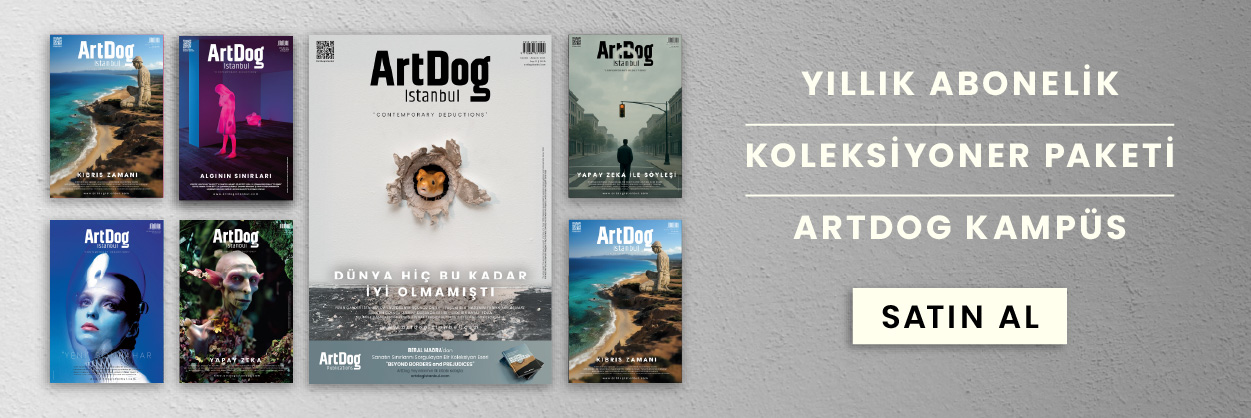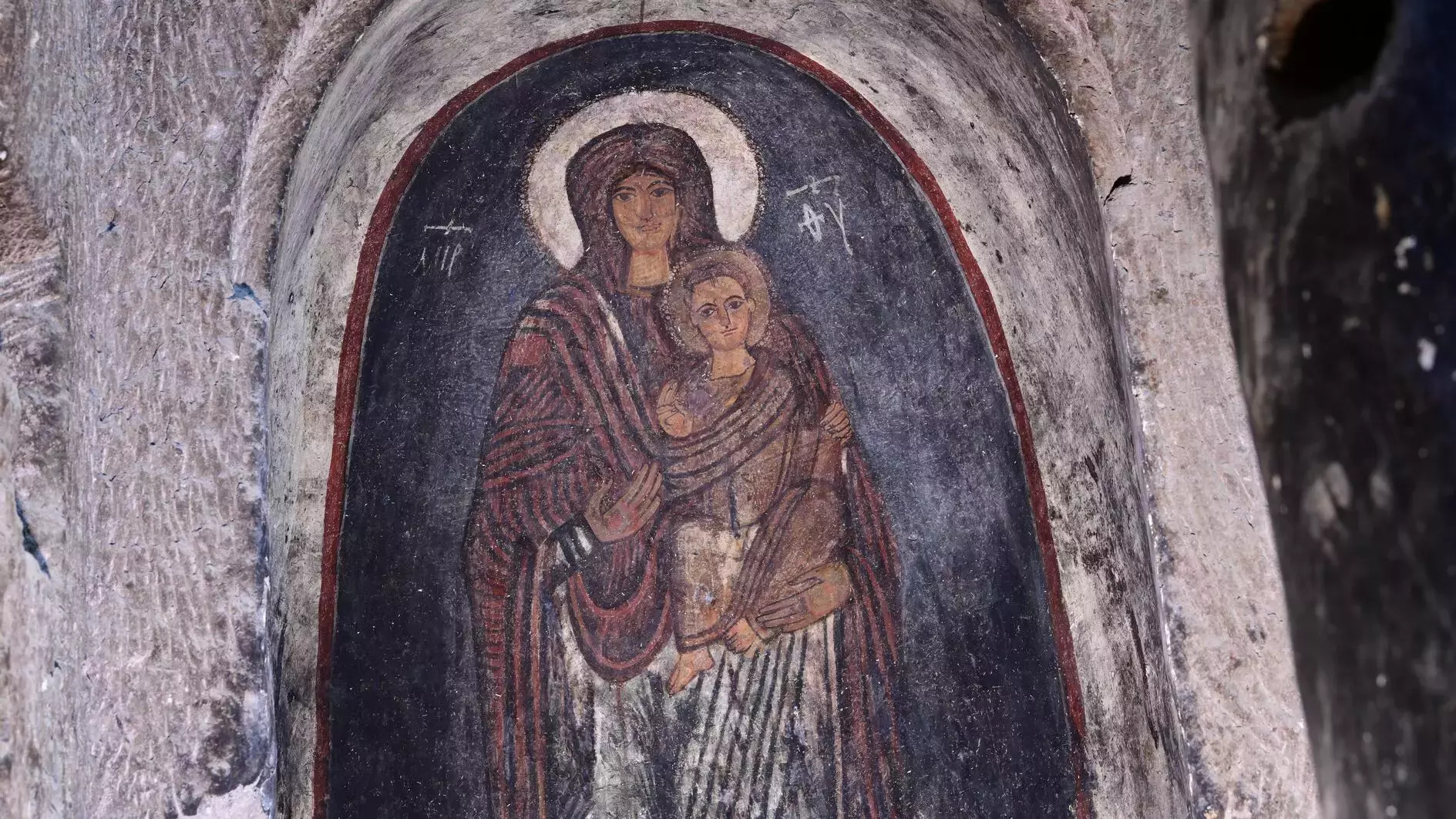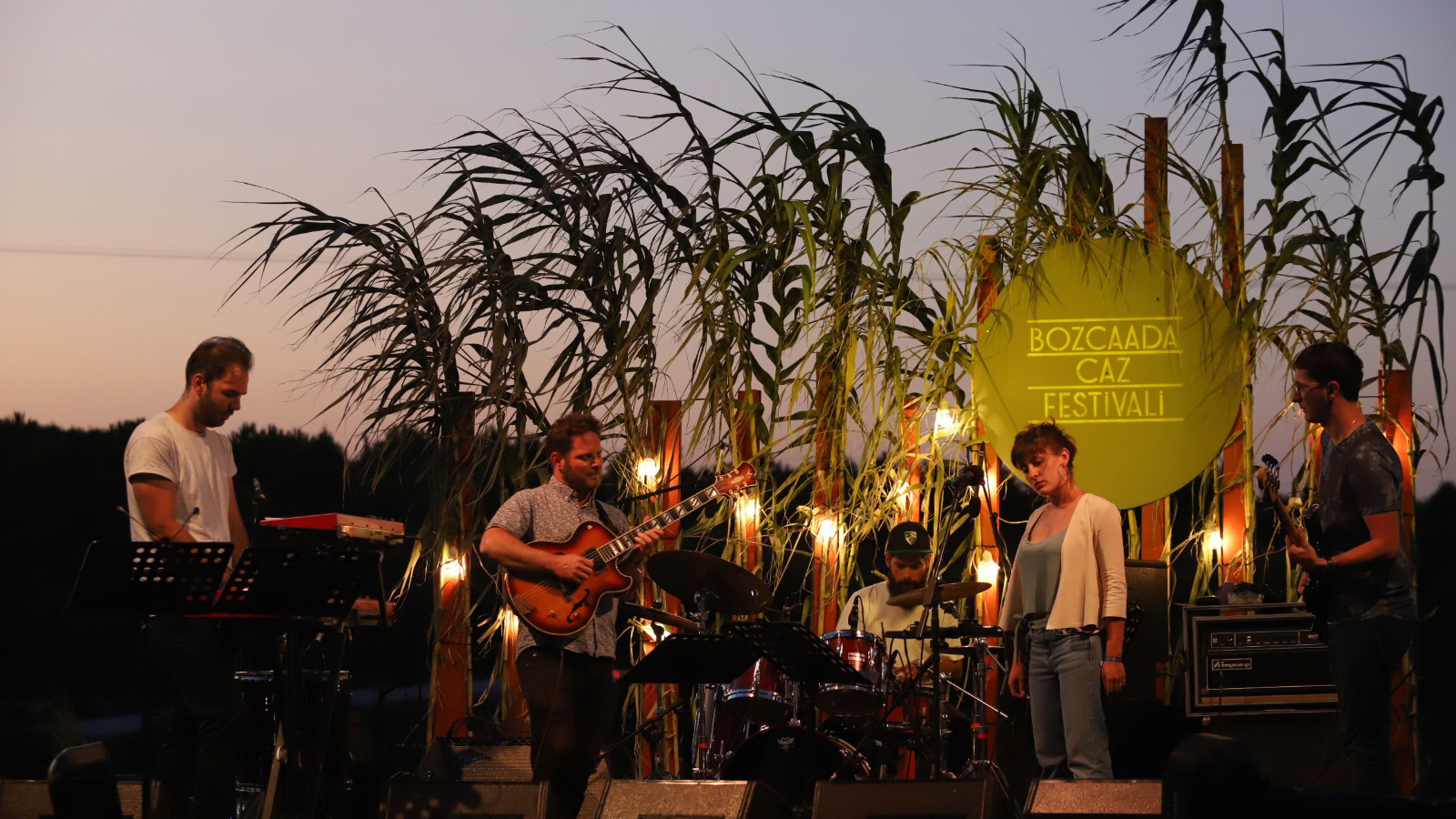The Gümüşler Monastery, located in the central Anatolian province of Niğde, is renowned for its church, which houses frescoes depicting Jesus, the Virgin Mary, and prominent figures from early Christianity. One of the most notable frescoes is the “Laughing Virgin Mary,” a unique depiction that draws numerous visitors.
Built between the 8th and 12th centuries, the monastery is situated in the town of Gümüşler, just 6 kilometers from Niğde’s city center. The complex features rock-carved priest rooms, a kitchen, storage jars, a two-story underground city, and secret compartments for emergencies.
The “Laughing Virgin Mary” fresco, the only example of its kind in Anatolia, is located on the church wall. Other frescoes in the church depict scenes such as the announcement of Jesus’ birth, his washing by nannies, the presentation of gifts to Jesus, and the archangels Gabriel and Michael greeting Jesus.
Niğde Governor Vahit Çelik highlighted that the rock-carved monastery has a courtyard with a diameter of 15 meters and a height of 14 meters, making it unique in the region. He noted that while most monasteries in the Cappadocia region include a kitchen and dining hall, Gümüşler Monastery stands out with its square-shaped, open courtyard and singular structure. The north side of the courtyard houses the church with the “Laughing Virgin Mary” fresco.
Additionally, there is an approximately 1.5-kilometer settlement area outside the monastery. Governor Çelik emphasized the importance of Niğde as a significant city in the Cappadocia region, with Gümüşler Monastery being one of its most important tourist attractions.
The fresco was restored in 1963 by British restorer Michael Gough. The monastery also includes a two-story underground city, with areas previously used as a kitchen and cellar.







